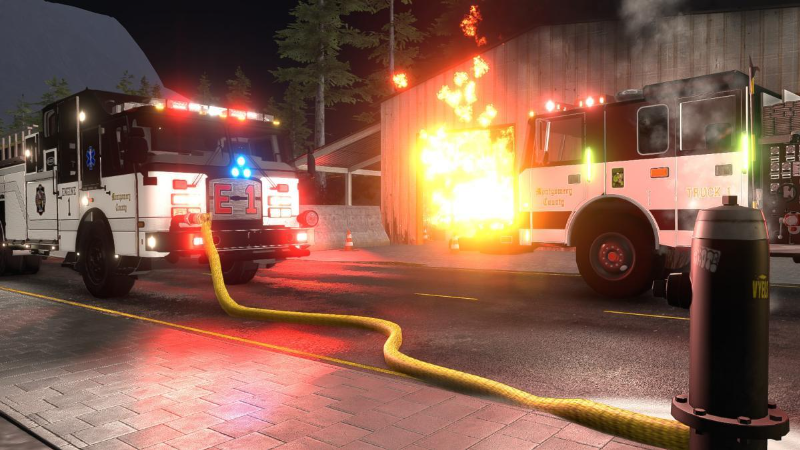
First aid and CPR by trained employees can save lives. There are many actions that can be taken to stabilize an incident and minimize potential damage. The second priority is the stabilization of the incident. When an emergency occurs, the first priority is always life safety.

Lockdown is protective action when faced with an act of violence. This part of the emergency plan is called “protective actions for life safety” and includes building evacuation (“fire drills”), sheltering from severe weather such as tornadoes, “shelter-in-place” from an exterior airborne hazard such as a chemical release and lockdown. The emergency plan should be consistent with your performance objectives.Īt the very least, every facility should develop and implement an emergency plan for protecting employees, visitors, contractors and anyone else in the facility. An understanding of what can happen will enable you to determine resource requirements and to develop plans and procedures to prepare your business. The first step when developing an emergency response plan is to conduct a risk assessment to identify potential emergency scenarios. Action by employees with knowledge of building and process systems can help control a leak and minimize damage to the facility and the environment. An employee trained to administer first aid or perform CPR can be lifesaving.
#Emergenyc c full
A call for help to public emergency services that provides full and accurate information will help the dispatcher send the right responders and equipment. A prompt warning to employees to evacuate, shelter or lockdown can save lives. The actions taken in the initial minutes of an emergency are critical.

Leaders in Business Community Resilience.



 0 kommentar(er)
0 kommentar(er)
